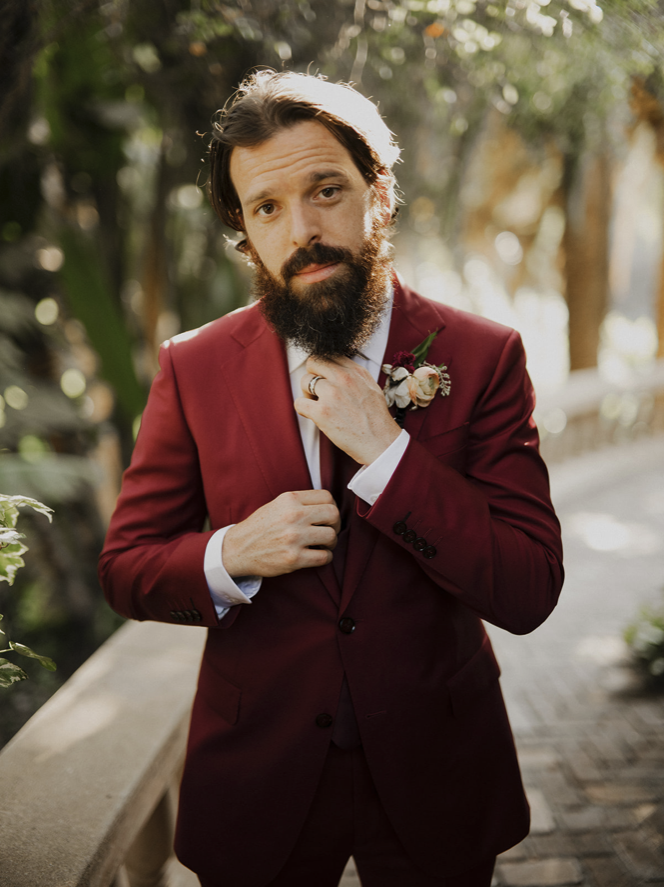Running high ticket office with Facebook ads can be an incredibly profitable business venture. However, it requires that you use Facebook in a slightly different way than if you were running a low-ticket DTC business. Let’s break down those differences so you can scale your $500, $10,000 or $100k+ offer with confidence.
What to do when you can’t leave the learning phase
When the cost per results for our offer is too expensive to leave the learning phase, we have to pivot how we use Facebook. It is very common to say that everyone should always be running conversion campaigns to make sales. This is absolutely true if you can get enough volume of conversions to leave the learning phase. If you can’t afford to do that, i.e.: you have a $500 CPA and a $200 daily budget, that does it mean you can’t use Facebook ads. Facebook ads are still the worlds best way of generating intent at scale to grow your business.
If we can’t afford to leave the learning phase, it is very popular for folks to suggest that you focus on an upper final objective. This is also a very bad idea. driving a high volume of low quality traffic to your funnel makes everything that works in your funnel after the initial click far less effective. So we have to focus on what is the high confidence inflection point that we can focus on driving a higher volume of a higher quality traffic to with our Facebook ads.
If you can afford to run Facebook ads, and you do have a high ticket offer, that implies that you are successfully driving revenue from some customer journey. Rather than driving link clicks, or optimizing to add to cart, it is far more effective to have the end of the Facebook Funnel be a high value bottleneck in the customer journey.
This is often executed by driving up the volume of sales calls, or email address capture for a high converting email flow, or setting up in person meetings, like test drives for motor vehicles or open houses for real estate.
The Secret to Growing a Business with Confidence
The most important thing for any growth marketer in the world of high ticket business model to understand is the unit economics of their funnel and their customer journey. You have to understand what is an acceptable volume, what is an expected conversion rate, and what is a target cost per inflection point within each stage of the following customer journey.
How many people get through your first step of the customer journey to the second, how many of them from the second make it to the third, how many move from the third step to a converted customer?
What is the itemized monetary value of an email address or sales call? How much is a registration worth?
No downstream metric will hold at scale, especially when you are using Facebook ads to amplify a business that has otherwise been built on the back of intent or demand-based marketing like referral an inbound sales. How much depreciation can you expect when you begin to amplify your business with Facebook ads?
This is vital mathematics to understand and project.
No one should expect that you are 100% accurate at this math, but if you don’t have an idea of what success looks like, you are not gonna know if you are on track or failing miserably until you’ve already made a significant investment of time and money.
You should have a very clear understanding of a target volume and cost for each part of your follow and each stage of your customer journey. Without this, you are affectively driving blind and are far more likely to fail than succeed.
How to make Facebook Ads work
Facebook ads should never be the lifeblood of your business. Facebook ads should be used to amplify a successful business model. You should confidently scale your business on the back of Facebook, because you are a investing in a higher volume of monetizable intent.
This most commonly is built around building direct to consumer ads to generate sales that ultimately drive a higher volume of profitable customer journeys, even at a loss potentially on the first transaction. However with high ticket offers, this is logistically impossible.
Our objective needs to be to understand where we have the biggest bottlenecks in our customer journey and then how do you amplify the volume to that bottle neck as well as more efficiently monetize that attention.
Share On:
